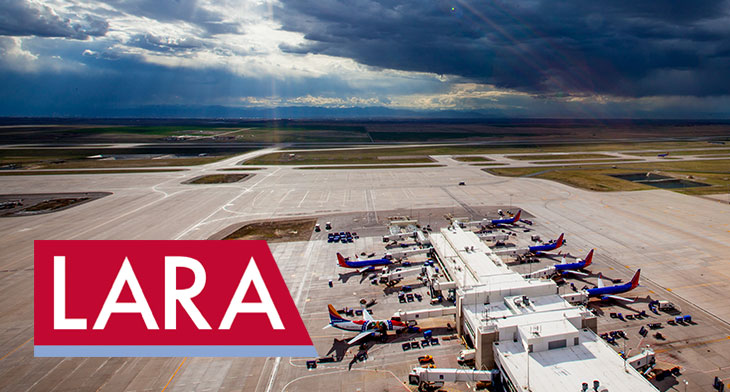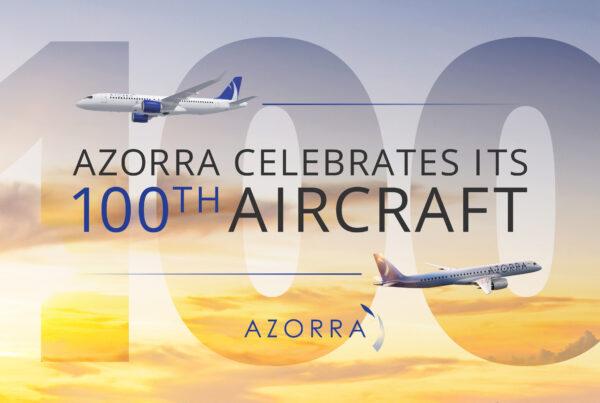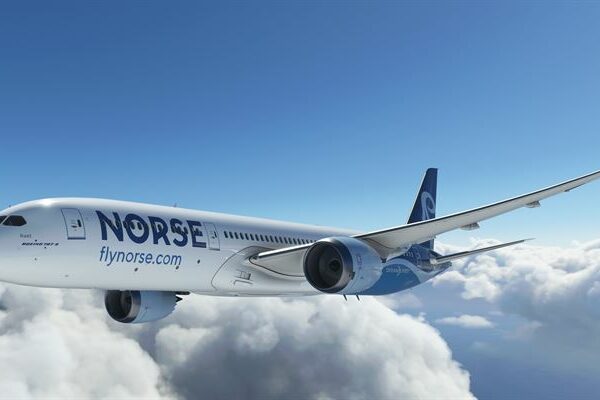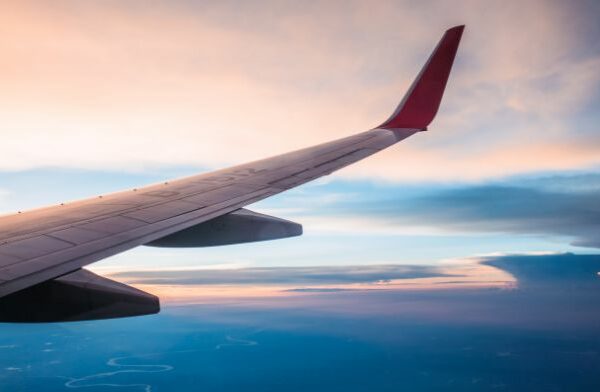A report by travel data insights brand Airsavvi has found that for global flights taking off and landing on 15 September, the per capita of CO2 emissions for a low-cost carrier was only one-third of that of a full service carrier.
Based on the ICAO Carbon Emissions Calculator Methodology and drawing on data from Airsavvi Flight Happiness Index (FHI) and the H1 2019 Global Airports and Airlines On-time Performance Report by VariFlight, the analysts developed an algorithm to calculate and rank carbon emissions for passengers in different cabins of flights on 20 of the world’s busiest international/regional routes taking place on 15 September 2019.
The report investigated the carbon emissions of some of the world’s busiest international and domestic air routes, finding that the Seoul Incheon – Hong Kong route has the highest amount of carbon dioxide emissions among 20 of the world’s busiest international routes.
Also comparing low-fare airlines and full-service carriers, the data company reported for flights on the 15 September the per capita of CO2 emissions for a low-cost carrier was one-third of that of a full service carrier (262.86kg average vs. 779.78kg average).
As many LCC flights do not have a first or business class this creates space for more economy seats. According to an EASA report, the average checked luggage per passenger on an LCC flight is 0.9kg lighter than that on a full service flight.


Studying the CO2 emissions of different aircraft models on the routes investigated (the busiest domestic and international routes) from 1 September to 30th, Airsavvi reported that narrowbody jets such as the Airbus A320 series, A321 series and Boeing 737 series were cleaner choices on short-haul routes, while the newly released models such as the A320neo and A321neo generated less CO2 emissions than older counterparts.
Meanwhile on the busiest international routes, Airsavvi said widebodies such as the Boeing 777 and 787 and Airbus A380 and A330 performed better in terms of per capita carbon emissions due to their fuel efficiency and large capacity.
Concluding the report, Airsavvi commented: “For the general public, air travel should not be boycotted but promoted in a more cost-efficient way. Certain efforts could also be done by the public to offset the emissions of carbon dioxide.”








